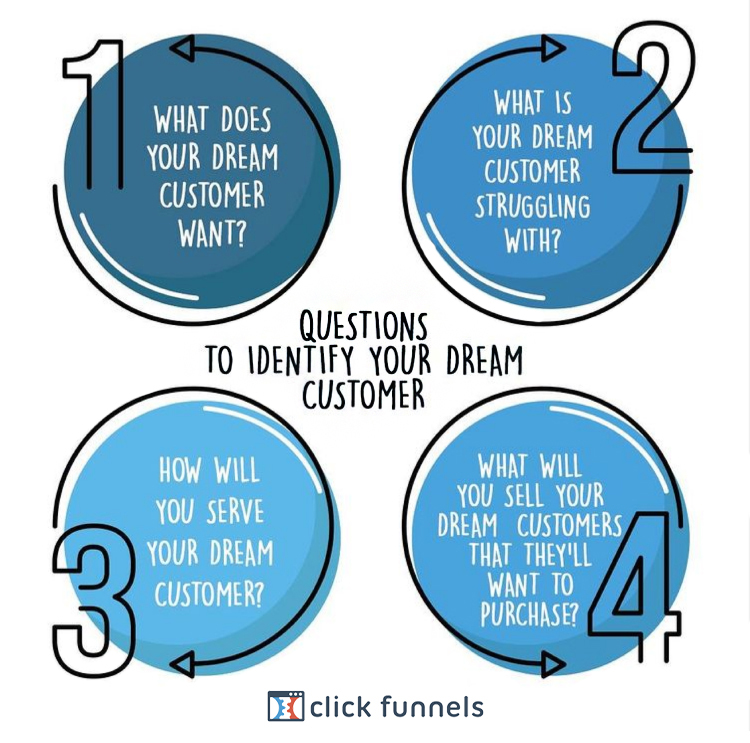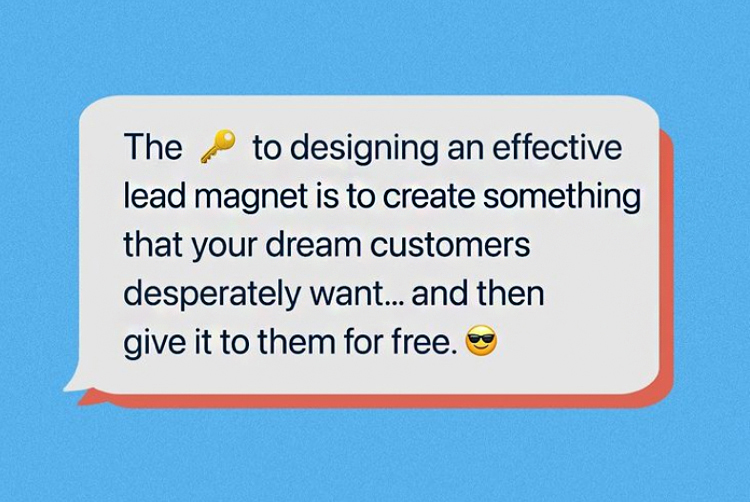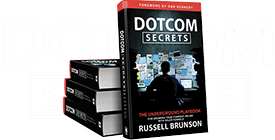Online marketing terms can be confusing.
There’s lead generation.
There’s lead nurturing.
But what’s the difference between the two?
That’s exactly what we are going to discuss today.
Want to get some clarity?
Continue reading…
What is a Lead?

Okay, so before we get into lead generation vs. lead nurturing, let’s first define the term “lead”.
A lead is a potential customer who:
- Has expressed an interest in your products or service
- Has given you their contact details (typically either name and email address or just the email address)
For Example:
Someone who has visited your website has expressed an interest in your products or services by doing so, but they shouldn’t be considered a lead until they have given you their email address.
What is Lead Generation?

Lead generation is the process of converting potential customers into leads by persuading them to give you their email addresses.
This is done by implementing a lead generation funnel:
- You create a lead magnet (a freebie that you offer in exchange for the potential customer’s email address)
- You create a landing page for that lead magnet
- You drive traffic to that landing page
When a potential customer gives you their email address, their journey through the lead generation funnel is complete. They are now a lead.
How Can You Generate More and Better Leads?
When it comes to generating leads, you need to focus on two things:
- Lead quantity
- Lead quality
So the aim of your lead generation strategy should be to get not only more leads but also better leads.
But how can you do that?
Figure Out Who are Your Dream Customers
One of the most common lead generation mistakes that online entrepreneurs make is targeting anyone and everyone. The more email addresses you collect, the better, right? Wrong.
As we have explained on Instagram, generating leads isn’t about adding random people to your email list, it’s about getting the contact details of your dream customers.
But in order to get the contact details of your dream customers, you first need to figure out who those dream customers are.
Fortunately, if you are already making sales, then narrowing down your target audience is pretty straightforward:
- Analyze the sales data
- Identify the traits that your customers have in common
- Create a buyer persona based on those shared traits
You can take this to the next level by doing an 80/20 analysis of your customer base. Who are the 20% of your customers that generate 80% of the revenue?
Using a buyer persona based on that 20% of customers will help you attract top-quality leads that are the most likely to convert to paying customers.
Note that the distribution doesn’t have to be exactly 80/20. What’s important is the principle. You want to identify the minority of the customers who are responsible for the majority of the revenue.
Meanwhile, if you haven’t made any sales yet, you will have to make an educated guess as to who your dream customers might be, create a buyer persona based on that, then adjust that persona once the sales start coming in and you have more data.
That being said, you probably already have some idea of who your target audience is, you just have to narrow it down.
Imagine that you can get any customers that you want. Who would you choose to serve?
And here are some additional questions that you might want to ask yourself:
- What does your dream customer want?
- What is your dream customer struggling with?
- How will you serve your dream customer?
- What will you sell your dream customers that they’ll want to purchase?
Create a Super Valuable Lead Magnet
Once you know who your dream customers are, you need to create a super valuable lead magnet. It should offer a solution to a problem that they are struggling with.
Ideally, you want to create something that is so valuable that people would be happy to pay for it should you ever choose to charge for it.
Also, make sure that the problem that you address with your lead magnet is either the same one or related to the problem(s) that you address with your paid products.
That way, once a potential customer downloads your lead magnet, you can then offer them more value in the form of a paid product.
For Example:
Matthew Hussey is a world-renowned dating coach that helps women get the relationships that they want.
One of the lead magnets that he uses is a guide called “9 texts” where he offers nine text message templates that women can copy-paste when texting guys.
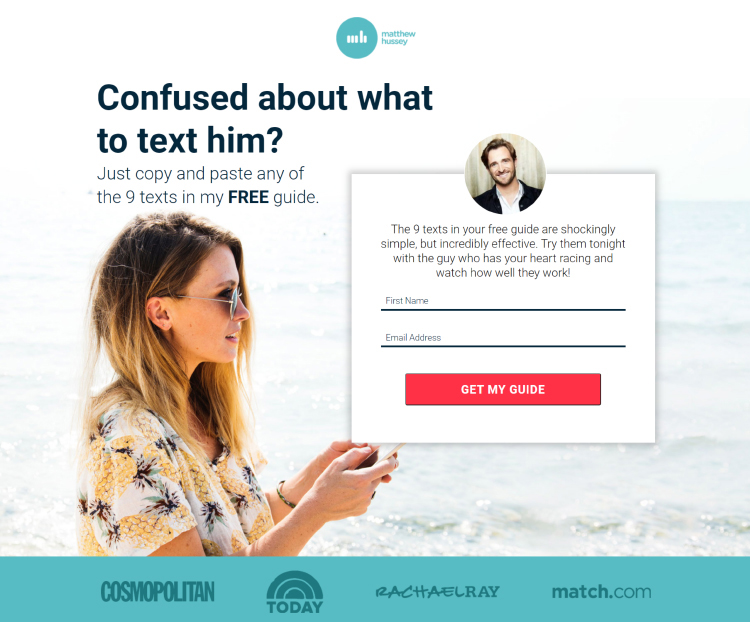
And if a woman downloads this free guide, tries the texts, and see that they work, she is likely to be interested in Matthew’s paid product “How to Talk to Men” ($47)which features 59 scripts that women can use in a variety of common dating situations.
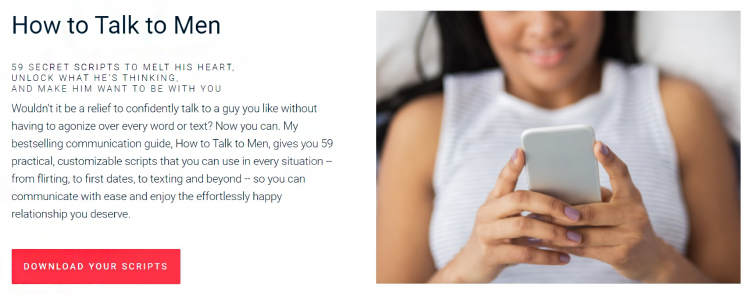
See how there’s a logical progression from downloading the lead magnet to buying the paid product? That’s what you want in your sales funnel.
Implement Best Landing Page Practices
Your lead magnet landing page is its sales page.
You might be giving the lead magnet away for free but you still need to persuade the potential customer to download it.
Fortunately, online marketers have been A/B testing landing pages for over two decades now, so we know what the best practices are.
Here are the three most important landing page elements that you should pay attention to:
- The headline – It should immediately convey the main benefit of your lead magnet. How will it make your potential customer’s life better?
- The body copy – You should expand on the main benefit as well as introduce additional benefits of your lead magnet. Again, how will it make the potential customer’s life better?
- The call-to-action – You need to tell the potential customer exactly what you want them to do next. Have a prominent call-to-action button that’s impossible to miss. Better yet, have several of them!
Also, you might want to check out this video where our co-founder Russell Brunson shares the secret to creating a high-converting landing page:
What is Lead Nurturing?
Lead nurturing is the process of building trust with leads so that you could one day convert them into paying customers.
It would be naive to expect someone to buy your product immediately after subscribing to your email list.
Just because they trust you enough to download your lead magnet doesn’t mean that they trust you enough to hand you their hard-earned cash.
You need to gradually build that trust to the point where they are ready to take the leap. But how can you do that?
- Regularly send emails to your subscribers
- Provide free value in each and every email
The more free value you provide, the more they will trust you, and the more likely they will be to buy your products.
How Can You Effectively Nurture Leads?
We can tell you how we do it here at ClickFunnels.
When a potential customer downloads or orders any of our lead magnets, we start sending them lead nurturing emails.
Those emails consist of:
- Free value
- Sales pitch
You see, if we only focused on providing free value, then we would be leaving money on the table because we would miss out on sales.
Meanwhile, if we only focused on selling our products, people would soon stop opening our emails because no one wants to be bombarded with endless sales pitches.
However, by combining the two, we make sales without alienating those who aren’t ready to buy yet.
For example:
In one of these emails, our co-founder Russell Brunson shares a story about how he went to a dentist and was told that his teeth were yellow. Awkward.

In that email, he explains how his dentist sold him on custom teeth-whitening trays 10 minutes into his appointment:

The dentist also managed to sell him a solution for shifting teeth as well in that same appointment.
So Russell came in for a free teeth cleaning but walked out having spent $2,000 on dental products and services.
He uses this story to explain how his Value Ladder sales funnel model works:

And then he ends the email by pitching the ClickFunnels free trial that allows you to easily build your own Value Ladder sales funnel:

It’s probably safe to say that even if someone isn’t interested in signing up for the free trial right now, reading that email would still provide value because it teaches them how to sell.
You want your lead nurturing emails to have that same effect:
Even the people who decided not to buy your product should walk away from the email having benefited from it.
Conclusion
So what’s the difference between lead generation and lead nurturing?
- Lead generation is the process of converting potential customers into leads.
- Lead nurturing is the process of building trust with those leads so that you could eventually convert them into paying customers.
Both of these are essential components of your overall sales funnel.
Want our co-founder Russell Brunson to teach you how to implement sales funnels in your online business?
That’s what our 5 Day Challenge is all about.
You will learn how to:
- Generate unlimited leads
- Create your first lead magnet
- Build your first sales funnel
- Create a simple 6-email follow-up sequence
- And launch your funnel!
…in just five days.
So don’t hesitate.



